Photosynthesis
Introduction
Photosynthesis is a fundamental biological process that enables plants, algae, and certain bacteria to convert light energy, typically from the sun, into chemical energy in the form of glucose. This process, which predominantly occurs in the chloroplasts of plant cells, is critical for life on Earth as it is the primary source of oxygen in the atmosphere.
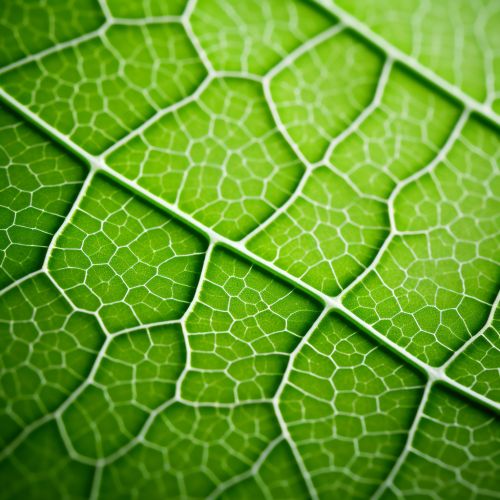
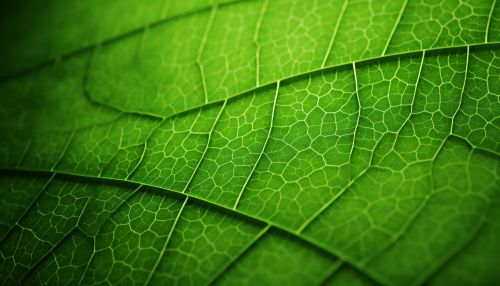
Detailed Process of Photosynthesis
Photosynthesis transpires in two stages: the light-dependent reactions and the light-independent reactions, also referred to as the Calvin cycle.
Light-Dependent Reactions
The light-dependent reactions take place in the thylakoid membrane of the chloroplasts. In this phase, light energy is absorbed by chlorophyll and other photosynthetic pigments and is utilized to generate ATP (adenosine triphosphate) and NADPH (nicotinamide adenine dinucleotide phosphate). These molecules serve as energy carriers for the subsequent stage of photosynthesis.
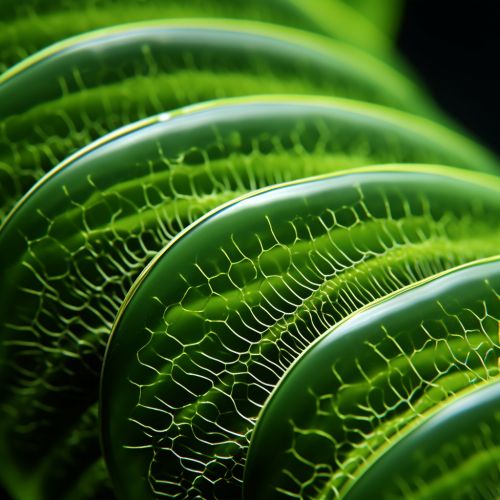

Calvin Cycle
The Calvin cycle, named after its discoverer Melvin Calvin, is the second stage of photosynthesis. It transpires in the stroma of the chloroplasts. In this phase, the ATP and NADPH produced in the light-dependent reactions are utilized to convert carbon dioxide into glucose, a process also known as carbon fixation.
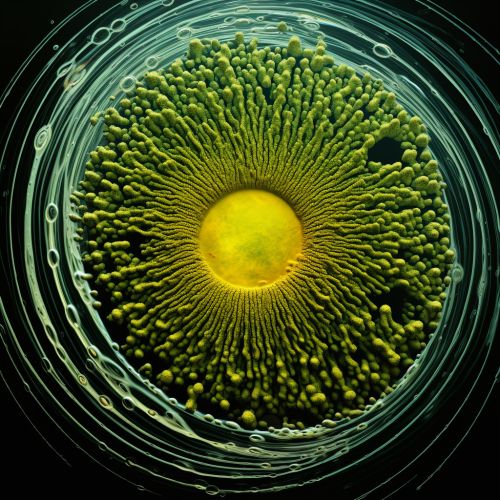
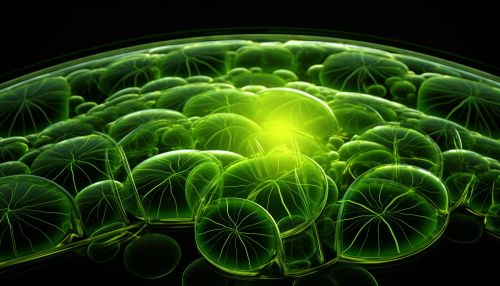
Factors Influencing Photosynthesis
Several factors can impact the rate of photosynthesis, including light intensity, temperature, and the concentration of carbon dioxide.
Light Intensity
The rate of photosynthesis escalates with light intensity up to a certain threshold, beyond which it plateaus as the photosynthetic apparatus becomes saturated.
Temperature
Photosynthesis is a temperature-dependent process. It escalates with temperature up to an optimal point, beyond which it declines due to the denaturation of enzymes involved in the process.
Carbon Dioxide Concentration
The concentration of carbon dioxide is directly proportional to the rate of photosynthesis. However, akin to light intensity, there is a saturation point beyond which an increase in carbon dioxide concentration does not affect the rate of photosynthesis.

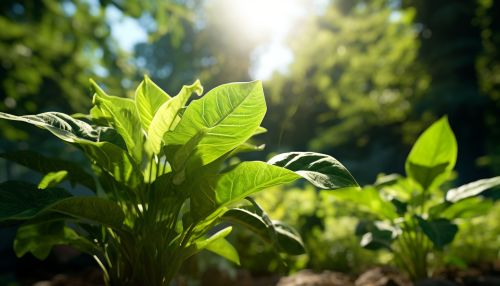
Importance of Photosynthesis
Photosynthesis is indispensable for life on Earth for several reasons. It is the primary source of oxygen in the atmosphere, which is necessary for aerobic respiration. Furthermore, photosynthesis forms the basis of the food chain, as it enables plants, the primary producers, to convert inorganic material into organic matter that can be consumed by other organisms.


